The Present of Antiquity. Reception, Recovery, Reinvention of the Ancient World in Current Popular Culture, Edition français-anglais-espagnol
Extraits
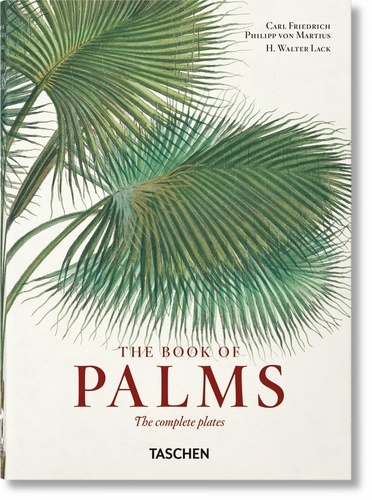
Thèmes picturaux
The Book of Palms. The complete plates, Edition français-anglais-allemand
06/2022
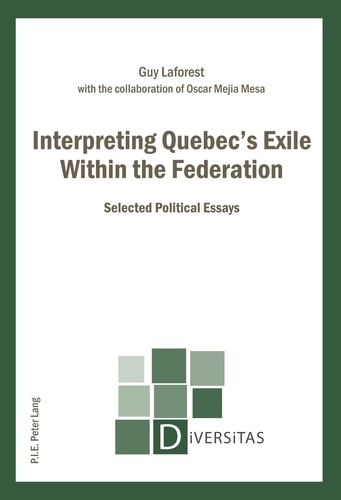
Philosophie
Interpreting Quebec’s Exile Within the Federation. Selected Political Essays
12/1986

Philosophie
«Phädon», or «On the Immortality of the Soul»
12/2006

Littérature française
Les inventeurs. Essai
02/2017
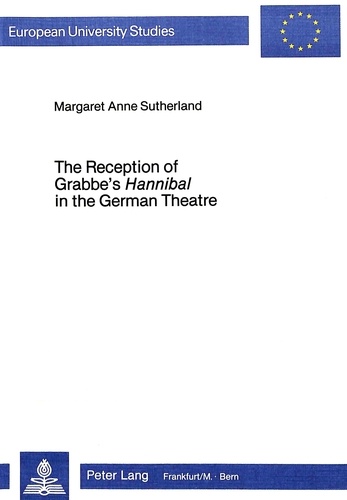
Non classé
The Reception of Grabbe's Hannibal in the German Theatre
12/1984

Non classé
Temporal Logic, Omniscience, Human Freedom - Perspectives in Analytic Philosophy
09/1991
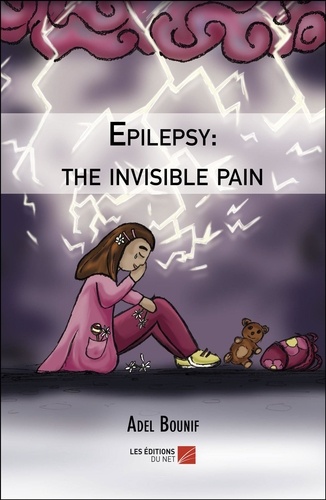
Poésie
Epilepsy: the invisible pain
01/2019

Histoire et Philosophiesophie
Thinking about Physics
01/2000
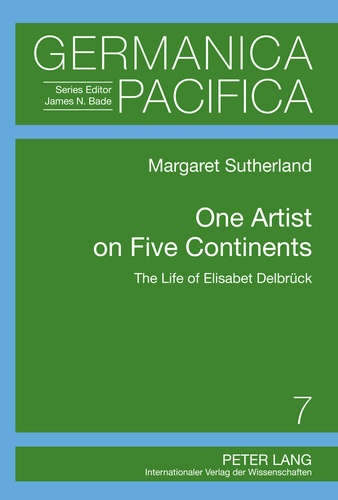
Histoire internationale
One Artist on Five Continents
12/2011

Sociologie
A Handbook of Global Citizenship Education. The Belgian perspective
01/2023
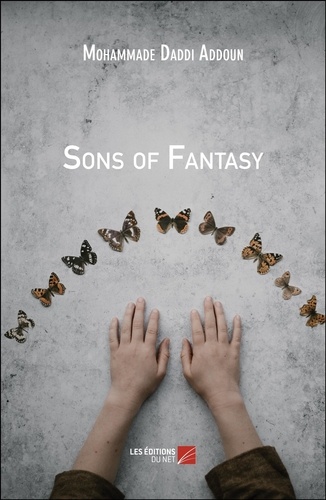
Littérature française
Sons of Fantasy
08/2018
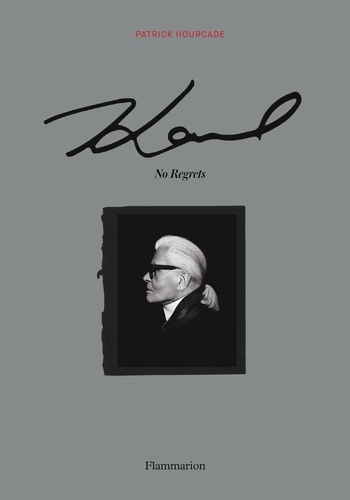
Monographies
Karl. No Regrets
10/2021
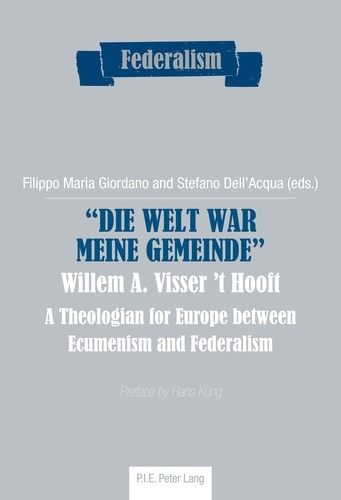
Histoire de France
«Die Welt war meine Gemeinde»- Willem A. Visser ’t Hooft. A Theologian for Europe between Ecumenism and Federalism
12/1985
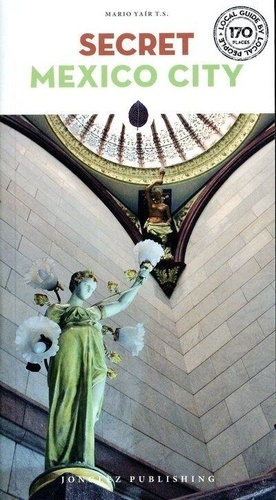
Mexique
Secret Mexico City
02/2024
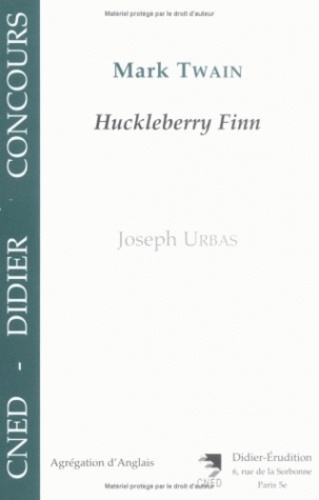
Anglais apprentissage
"Adventures of Huckleberry Finn" by Mark Twain (S.L. Clemens)
07/1997
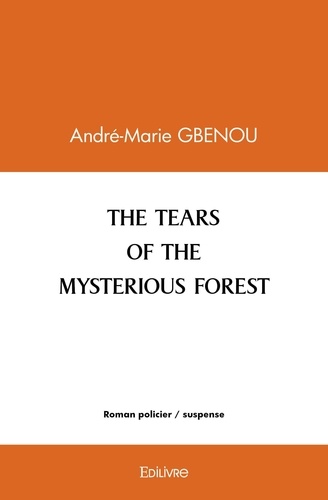
Romans policiers
The tears of the mysterious forest
12/2021

Monographies
Arabian Leopard. Treasures of Alula
01/2022

Monographies
Chu Teh-Chun. In Nebula, Edition bilingue français-anglais
04/2024
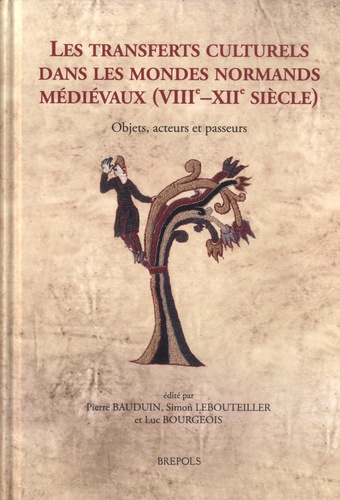
Histoire de France
Les transferts culturels dans les mondes normands médiévaux (VIIIe-XIIe siècle). Objets, acteurs et passeurs, Textes en français et anglais
01/2022
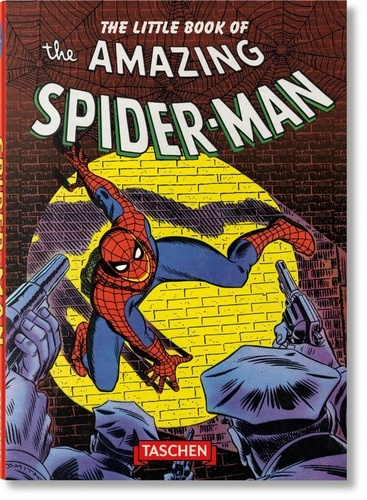
Comics
The Little Book of The Amazing Spider-Man. Edition français-anglais-allemand
10/2017

Généralités
The Grand Tour. The Golden Age of Travel, Edition français-anglais-allemand
10/2021
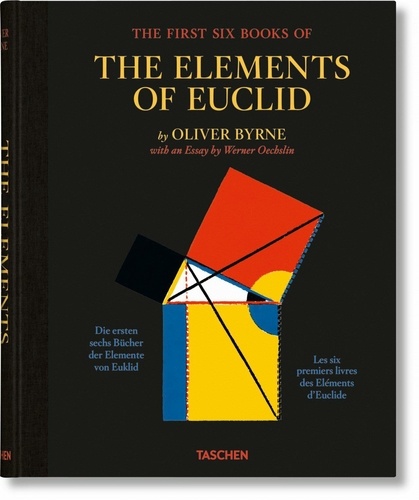
Beaux arts
Oliver Byrne. The First Six Books of the Elements of Euclid, Edition français-anglais-allemand
06/2022

Thèmes photo
The Big Book of Breasts. The Compact Age of Natural Curves, Edition français-anglais-allemand
01/2021

Tourisme étranger
Moroccan tracks Volume 11. The sagho djebel
08/2022
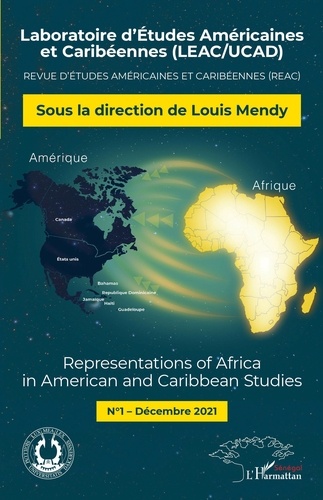
Sociologie
Representations of Africa in American and Caribbean Studies N° 1 Dédembre 2021. 1
02/2022

Sciences politiques
The Structure of Political Communication in the United Kingdom, the United States and the Federal Republic of Germany
11/1987
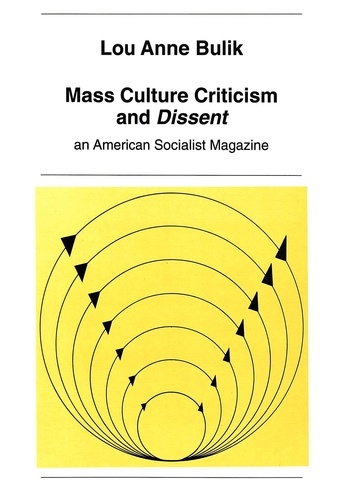
Non classé
Mass Culture Criticism and «Dissent»
06/1993
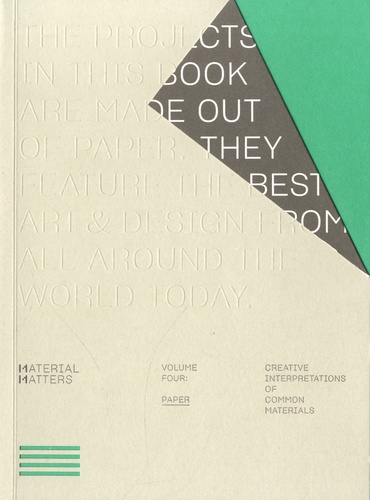
Décoration
Material Matters. Volume 4, Paper. Creative interpretations of common materials
06/2019
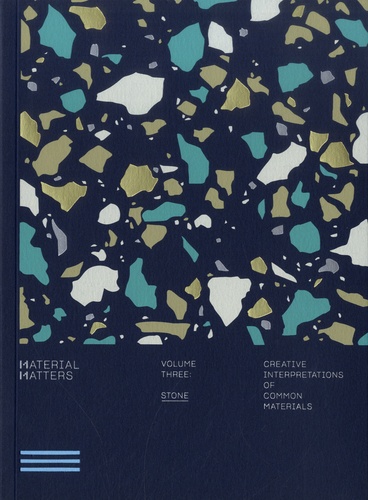
Décoration
Material Matters. Volume 3, Stone. Creative interpretations of common materials
08/2019
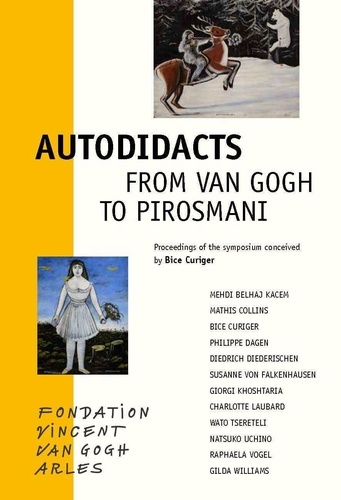
Beaux arts
Autodidacts. From Van Gogh to Pirosmani, 1e édition
01/2021
